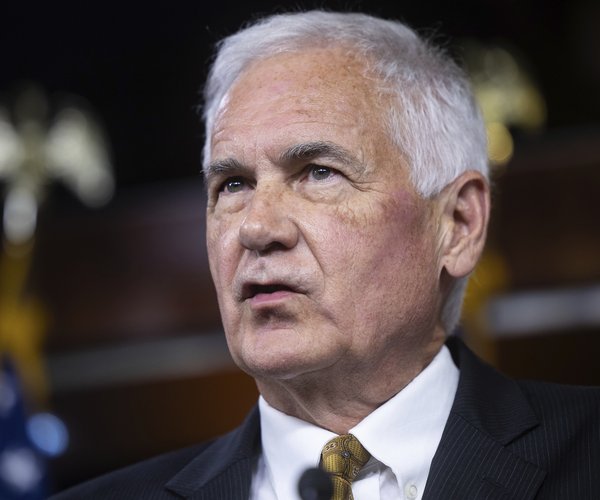Let’s be honest.
Neither Proposition 30 nor Proposition 38 will solve California’s school financial problems.
Education spending is the 900-pound gorilla of the never-ending state budget crisis. And until such time as the entire system is reformed from pensions to hacking away — and restructuring — the administrative structure above the district level school cuts are going to keep getting more and more dire.
States that have taken bold and decisive pension reform measures have seen their budget fortunes start to reverse themselves already. While it is true California’s stab at pension reform is weak in comparison, the truth is the problem is much greater because it is much older. While other states merely created a hole, the California Legislature over the past 20 years has created the financial equivalent of the La Brea Tar Pits with education — and not prehistoric woolly mammoths — being the one facing a long, lingering and painful death.
Teacher groups know this. So do school districts and school boards. And there is little doubt that Gov. Jerry Brown has a grasp of the situation. But the legislature for years has been playing to special interests — taxpayers included.
The result is what California suffers from has less to do with simply The Great Recession as it does in most states than it does with the collective impact of decades of surges and retreats in the economy financed in part by borrowing and financed in part by creative bookkeeping accomplished with the help of world class can-kicking.
Prop 38 addresses part of that can-kicking by paying down state debt. You might think state debt has nothing to do with education funding but it has everything to do with it. A big chunk of the debt is tied to education. Not only have we borrowed short and long term to cover single year school and state budget expenses but we are also taking money that could go to education from future state budgets to pay the principal and interest.
Prop 30 does absolutely assure education funding in one aspect that is not debatable. Passage means revenue will first be dedicated to meeting funding levels already promised to school districts for the current fiscal year that started July 1.
The state’s can kicking has gotten to the point the can they kicked this year is coming back big time as a boomerang. This year alone it means $6 billion in cuts if Prop 30 doesn’t pass. That is how bad things have gotten.
Due to decades of fiscal irresponsibility in Sacramento, bigger questions must be answered including access to higher education, whether higher education can be formatted into a shorter time frame or made more efficient via technology, and whether the time has come to radically restructure the K-12 system.
There is nothing on the November ballot that assures the long term success of education in this state.
But there are two measures that could slow the bleeding somewhat while we hope someone comes along with the courage to abandon the triage approach to education we’ve taken in California. That also means all of the players — teacher unions, lawmakers, parents, and taxpayers — would have to let go of their biases and fortified positions to allow the Golden State to pursue a solution that once again would have California serve as the beacon of the future for education and not as the hazard light.
This column is the opinion of Dennis Wyatt and does not necessarily represent the opinion of The Journal or Morris Newspaper Corp. of CA.







